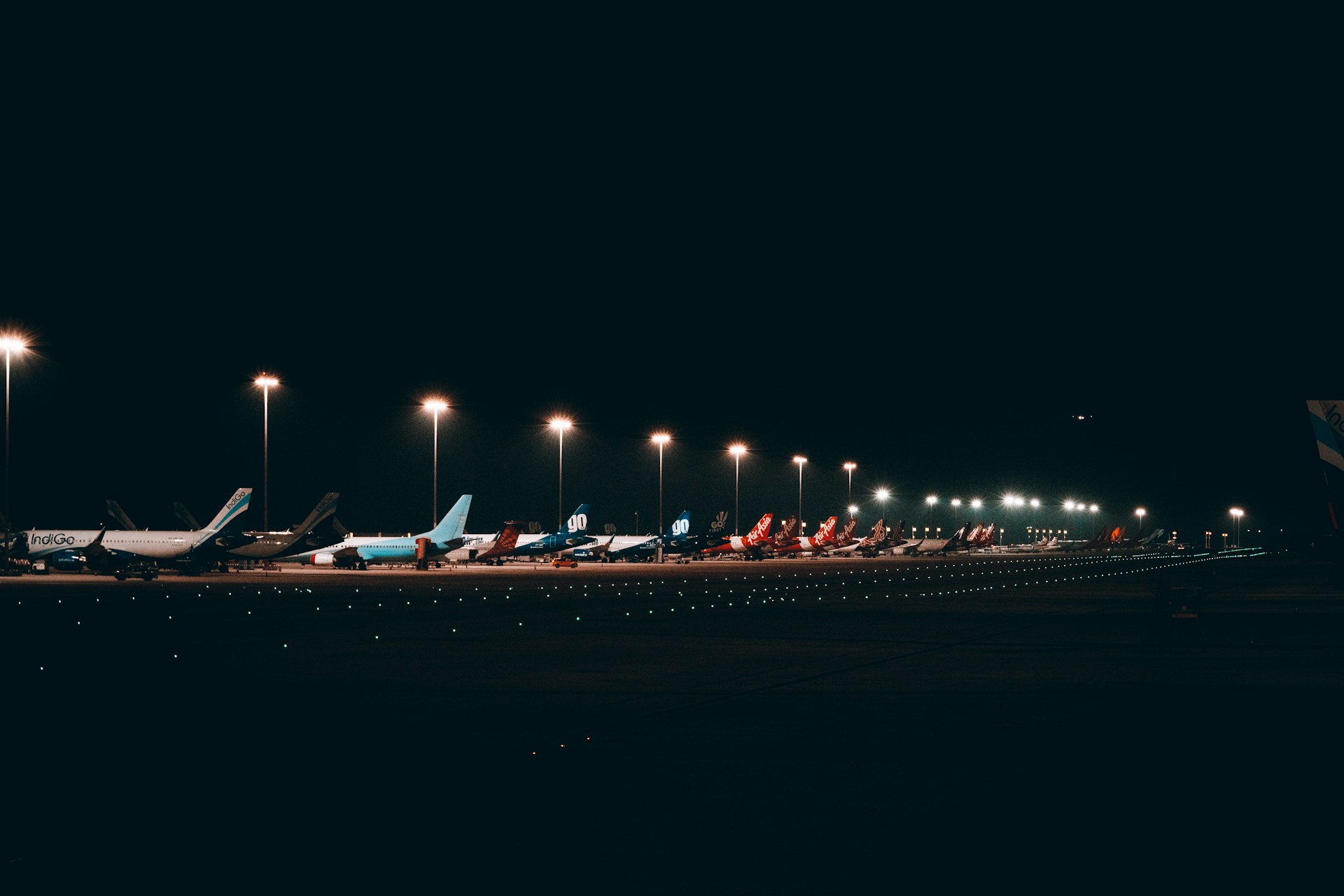Tensions between India and Pakistan have once again spilled into the skies, with Pakistan closing its airspace to Indian carriers in April 2025 following a deadly militant attack in Kashmir. While the move triggered immediate rerouting of numerous international flights, analysts suggest the financial impact for airlines may be more manageable this time compared to previous crises.
Major Indian carriers, including Air India and IndiGo, were forced to adjust dozens of routes as a result of the closure. Flights from New Delhi to destinations such as New York, Dubai, and Baku now take longer paths over the Arabian Sea and Iran, adding up to an hour of additional flight time. This increase in flight duration has operational consequences: higher fuel consumption, reduced cargo capacity, and inevitable scheduling disruptions. IndiGo, for instance, has canceled its services to Almaty and Tashkent and reworked close to 50 international routes to accommodate the changes.
Despite the disruptions, industry experts note that the overall financial burden on Indian airlines may not reach the levels seen during Pakistan’s 2019 airspace closure, which cost carriers an estimated $64 million. Since then, airlines have expanded their route networks and built greater operational flexibility, giving them more options to mitigate costs when forced into such detours. Furthermore, fuel hedging strategies and strong international demand are helping buffer potential revenue losses.
Still, the immediate impact on passengers has been hard to ignore. Several Air India flights from San Francisco and Toronto were diverted to Copenhagen, resulting in delays of over nine hours. Routes from Paris and London were rerouted via Abu Dhabi, adding several hours to journey times and straining already tight travel schedules.
The ban is expected to remain in place until at least May 23, pending political developments. For airlines operating in the region, the situation is a stark reminder of the vulnerabilities posed by geopolitical tensions—and the thin margins within which global aviation must operate. As India’s aviation sector eyes long-term international growth, navigating such unpredictable political headwinds will remain a critical challenge.


